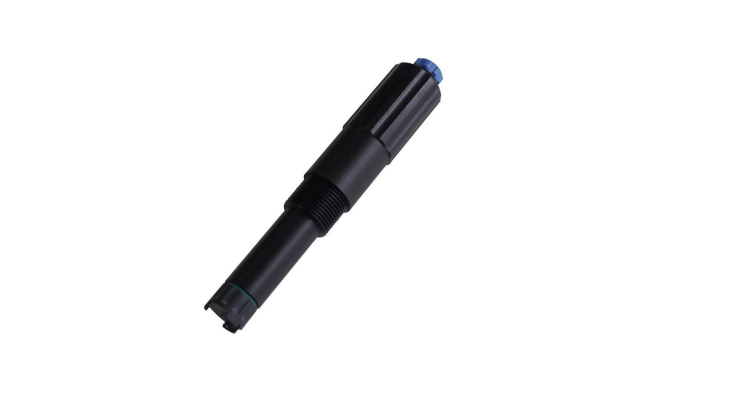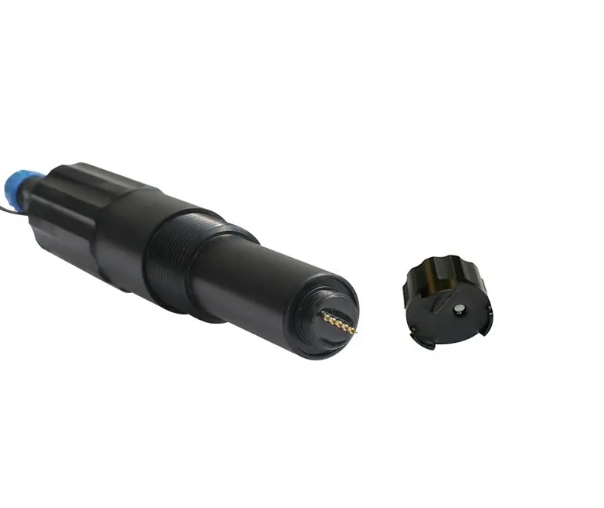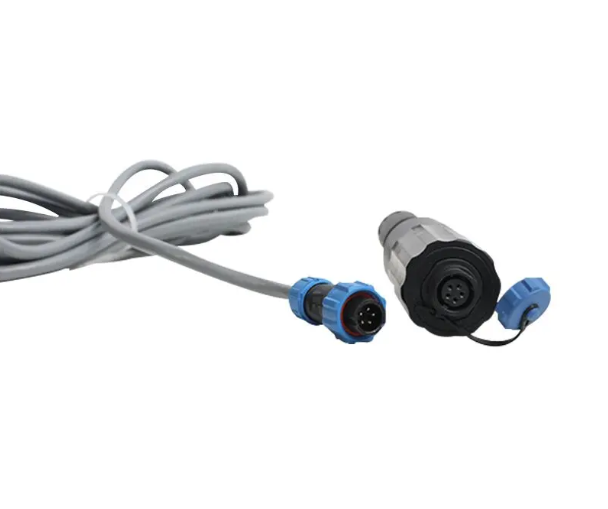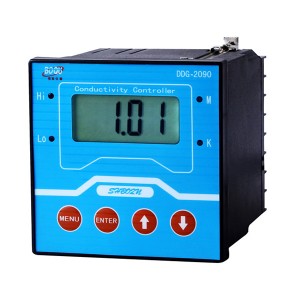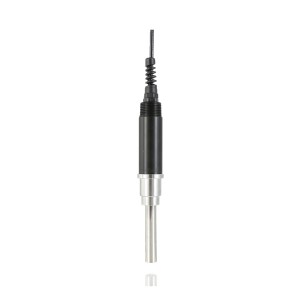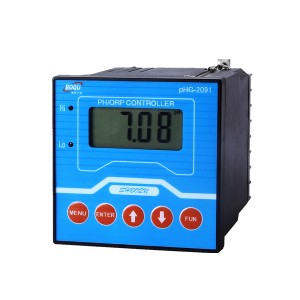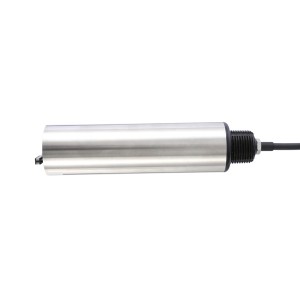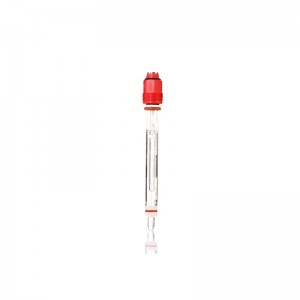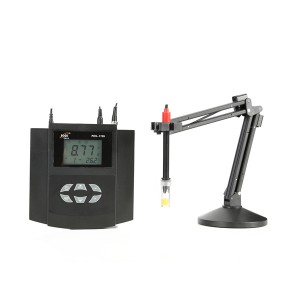How does a chlorine sensor work better? What problems should be paid attention to when using it? How should it be maintained? These questions may have troubled you for a long time, right? If you want to know more related information, BOQU can help you.
What Is The Chlorine Sensor?
A chlorine sensor is an electronic device that is used to measure the concentration of chlorine in water or air. It is a vital tool for monitoring the quality of drinking water, swimming pools, and wastewater treatment facilities.
Chlorine sensors can detect the presence of chlorine gas and provide an accurate measurement of its concentration.
Accuracy:
One of the key advantages of chlorine sensors is their accuracy. They can detect the presence of chlorine gas in concentrations as low as 0.2 parts per million (ppm). This level of accuracy is important for ensuring that water is safe to drink and that swimming pools are properly disinfected.
Ease of Use:
Another advantage of chlorine sensors is their ease of use. They are compact and portable, which makes them easy to transport to different locations. They can also be integrated into larger monitoring systems, allowing for remote monitoring of chlorine concentrations.
Real-Time Monitoring:
Chlorine sensors provide real-time monitoring of chlorine concentrations, allowing for quick detection of potential issues. This can be especially important in situations where chlorine gas leaks can occur, such as in industrial settings or wastewater treatment facilities.
Low Maintenance:
Chlorine sensors require minimal maintenance, making them a cost-effective solution for monitoring chlorine concentrations over an extended period. They also have a long lifespan, which reduces the need for frequent replacements.
In summary, chlorine sensors offer high accuracy, ease of use, real-time monitoring, and low maintenance, making them an essential tool for ensuring the safety of drinking water, swimming pools, and wastewater treatment facilities.
What Can Chlorine Sensor Be Used To Detect?
How many types of chlorine are there in water? Chlorine sensors are electronic devices that are commonly used to detect the presence of chlorine in water or air. Chlorine is a widely used disinfectant and can be found in a variety of settings, including drinking water, swimming pools, and wastewater treatment facilities.
Free Chlorine:
Free chlorine is the most common type of chlorine found in water. It is the form of chlorine that is added to water as a disinfectant. Chlorine sensors can accurately measure the concentration of free chlorine in water and ensure that it is present in the correct amount for effective disinfection.
Total Chlorine:
Total chlorine includes both free chlorine and combined chlorine. Combined chlorine is formed when free chlorine reacts with organic matter in the water. Chlorine sensors can detect both free and combined chlorine and provide an accurate measurement of the total chlorine concentration in water.
Chlorine Dioxide and Chlorite:
In addition to free and combined chlorine, other forms of chlorine can be present in water, such as chlorine dioxide and chlorite. Chlorine dioxide is commonly used as a disinfectant in water treatment facilities, while chlorite is a byproduct of chlorine dioxide disinfection. Chlorine sensors can detect these forms of chlorine and provide an accurate measurement of their concentration in water.
In summary, chlorine sensors can detect various forms of chlorine, including free and combined chlorine, chlorine gas, chlorine dioxide, and chlorite. They are a vital tool for monitoring the quality of water and ensuring that chlorine concentrations are at safe and effective levels.
How Does A Chlorine Sensor Work? How Does It Detect?
A chlorine sensor is an electronic device that measures the concentration of chlorine in a given sample. The BH-485-CL2407 digital residual chlorine sensor by BOQU uses a thin film current principle and is designed for pipeline installation.
This sensor operates using a three-electrode measurement system and is powered by a 12V DC power supply.
Thin Film Current Principle:
The BH-485-CL2407 sensor uses a thin film current principle to measure the concentration of residual chlorine in a given sample. The principle involves the use of a thin film working electrode that is coated with a chlorine-sensitive layer.
As chlorine ions come into contact with the working electrode, they undergo a chemical reaction that produces an electrical current.
Three-Electrode Measurement System:
The BH-485-CL2407 sensor employs a three-electrode measurement system that consists of a working electrode, a reference electrode, and a counter electrode. The working electrode is the electrode that comes into contact with the sample and is coated with a thin film that is sensitive to chlorine ions.
The reference electrode provides a stable reference potential for the working electrode, while the counter electrode completes the circuit.
Automatic Temperature Compensation:
The BH-485-CL2407 sensor uses a PT1000 temperature sensor to automatically compensate for changes in temperature during the measurement process.
This ensures that the sensor provides accurate measurements regardless of changes in flow rate or pressure.
In summary, the BH-485-CL2407 digital residual chlorine sensor by BOQU uses a thin film current principle and a three-electrode measurement system to measure the concentration of chlorine in a given sample.
It offers automatic temperature compensation, is low maintenance, and provides high measurement accuracy and fast response time.
How To Maintain Your Chlorine Sensor?
How does a chlorine sensor work better? Maintaining your chlorine sensor is crucial to ensure accurate and reliable measurements over time. Here are some steps you can take to properly maintain your sensor.
Regular Calibration:
Regular calibration is essential for ensuring accurate measurements from your chlorine sensor. It is recommended to calibrate your sensor at least once a month using a calibration solution with a known chlorine concentration.
Proper Cleaning:
Proper cleaning of the sensor can help to prevent the buildup of contaminants that can affect its performance. Use a soft cloth or sponge to clean the sensor and avoid using abrasive materials that can scratch the surface.
Replace Consumable Parts:
Some parts of the sensor may need to be replaced periodically to ensure optimal performance. For example, the reference electrode may need to be replaced every 6 to 12 months, depending on usage.
Store Properly:
Proper storage is important to protect the sensor from damage and ensure its longevity. Store the sensor in a clean, dry location away from direct sunlight, and avoid exposing it to extreme temperatures.
Final words:
If you want to know more about “How does a chlorine sensor work?”, you can find a lot of useful content on BOQU’s official website. You can also see many successful solutions of BOQU in the past on the website.
Post time: Mar-17-2023

